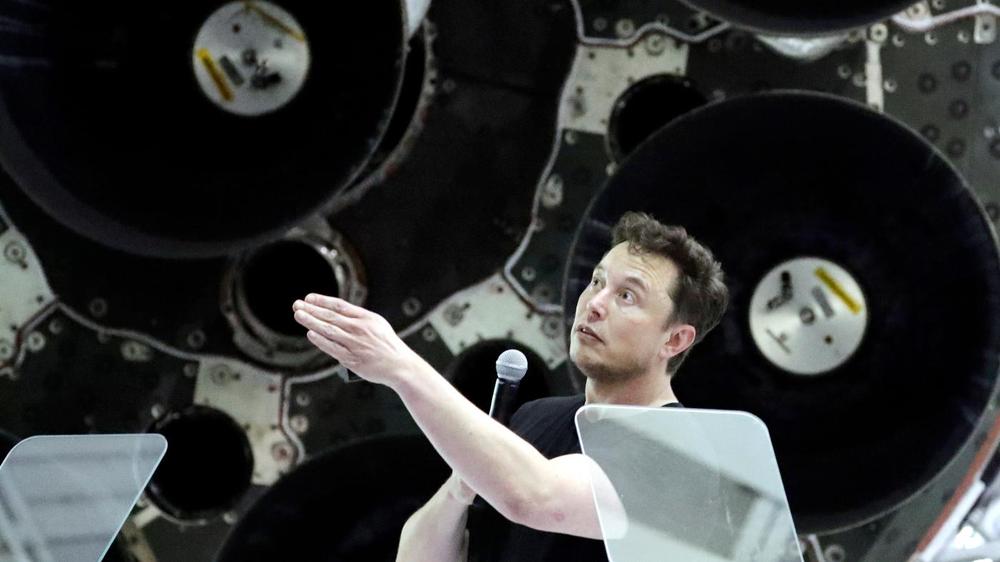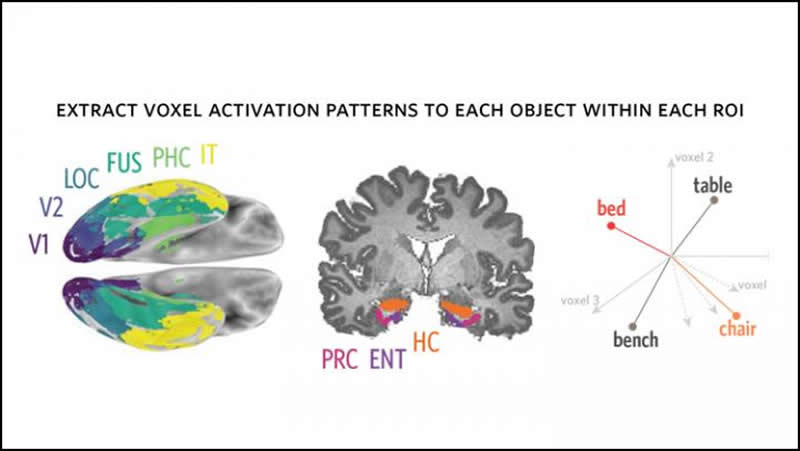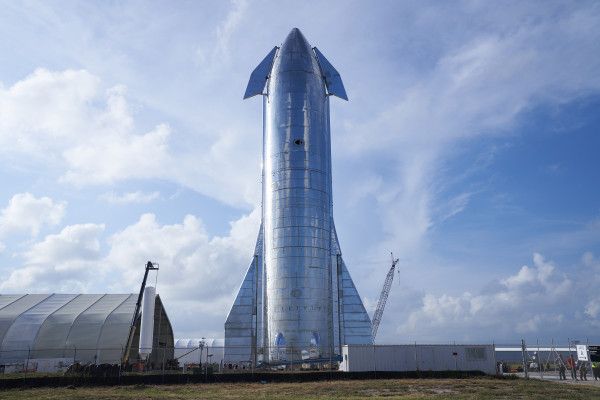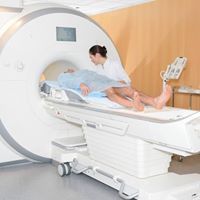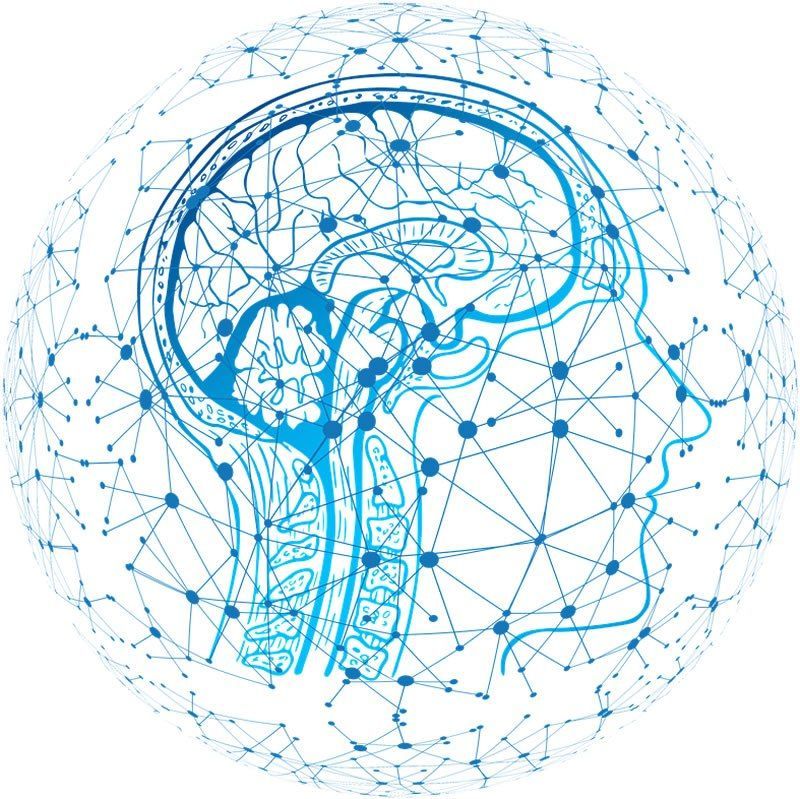Page 7231
Dec 30, 2019
Parallel worlds exist and interact with our world, say physicists
Posted by Paul Battista in category: quantum physics
Dec 30, 2019
Deep Medicine: How Artificial Intelligence Can Make Healthcare Human Again
Posted by Paul Battista in categories: biotech/medical, robotics/AI
Prominent cardiologist Dr. Eric Topol explains how artificial intelligence and technological advances are ushering in a new age of healthcare and medicine.
By Laurie Mathena
Dec 30, 2019
The link between drawing and seeing in the brain
Posted by Paul Battista in category: neuroscience
Regions of the visual cortex participate in the recognition of an object and reproduction of the object when drawing. The study provides new insight into the relationship between visual production and recognition in the brain.
Dec 30, 2019
Elon Musk details SpaceX progress on latest Starship spacecraft build and flight timelines
Posted by Genevieve Klien in categories: Elon Musk, space travel
The holidays might be a time of slowed activity for most companies in the tech sector, but for SpaceX, it was a time to ramp production efforts on the latest Starship prototype — “Starship SN1” as it’s called, according to SpaceX CEO Elon Musk. This flight design prototype of Starship is under construction at SpaceX’s Boca Chica, Texas development facility, and Musk was in attendance over the weekend overseeing its build and assembly.
Musk shared video of the SpaceX team working on producing the curved dome that will sit atop the completed Starship SN1 (likely stands for “serial number 1,” a move to a more iterative naming system and away from the “Mark” nomenclature used for the original prototype), a part he called “the most difficult” in terms of the main components of the new spacecraft. He added that each new SN version of the rocket SpaceX builds will have minor improvements “at least” through the first 20 or so versions, so it’s clear they expect to iterate and test these quickly.
As for when it might actually fly, Musk said that he hopes this Starship will take off sometime around “2 to 3 months” from now, which is still within range of the projections for a first Starship high-altitude test flight given by the CEO earlier this year at the unveiling of the Starship Mk1 prototype. That prototype was originally positioned as the one that would fly for the high-altitude test, but it blew its top during testing in November and Musk said they’d be moving on to a new design rather than repair or rebuild the Mk1.
Dec 30, 2019
Samsung Launches ‘Artificial Human’ Called Neon
Posted by Genevieve Klien in category: robotics/AI

Samsung disclosed that it will introduce an “artificial human” called Neon at CES 2020 on Jan. 7 that is totally different than its artificial intelligence (AI) assistant Bixby, Digital Trends reported.
The limited information about Neon was shared on Samsung’s Twitter account, and includes an “Artificial Human” teaser in several languages with the tagline “Have you met an ‘artificial’?”
Continue reading “Samsung Launches ‘Artificial Human’ Called Neon” »
Dec 30, 2019
AWS Officially Launched Its Quantum Computing Service
Posted by Genevieve Klien in categories: computing, quantum physics
It seemed as if AWS was lagging behind Google, Microsoft, and IBM when it comes to quantum computing but they’ve finally taken a step forward with their latest announcement.
AWS has officially announced the preview launch of its first-ever quantum computing service known as Braket. However, AWS is still not building their own quantum computer. Instead, they chose to partner with IonQ, Rigetti, and D-Wave in providing computing services through the cloud.
Dec 30, 2019
Technology Biotechnologies
Posted by Klaus Baldauf in categories: biotech/medical, computing, economics, nanotechnology
At Roswell we have developed the first Molecular Electronics chip. We utilized advances in semiconductor technology, nano-fabrication and bio-sensors to create standard CMOS chips that directly integrate sensor molecules into the CMOS integrated circuits.
Going “on-chip” to deploy bio-sensors provides unprecedented economics, precision, portability, and scalability. Our first chip is designed to read DNA; future chips will be designed for protein detection and other diverse bio-sensing applications.
Dec 30, 2019
How to tell if a brain is awake
Posted by Paul Battista in categories: augmented reality, biotech/medical, neuroscience
Summary: Study finds EEG features may not always be accurate in being able to capture the level of consciousness in patients under anesthesia. Source: Michigan Medicine
